Sarah Sanders from our Visitor Team explains the importance of Whitworth Park, the lovely green space that surrounds the Whitworth
Hello
My name is Sarah and I’ve been working at the Whitworth for 6 years in the Visitor Team. The best part of my job is connecting people to the gallery, our history, collections and our exciting redevelopment. So whist we’ve been closed, I’ve taken the opportunity to devise an outdoor tour looking at the gallery from Whitworth Park. The tour takes people on a stroll through the park, showing views of our beautiful gallery and looking at our outdoor sculptures. Visitors tell me they enjoy finding out about the architecture of the building and “learning about all the changes through time”. Interestingly, the late 19th Century red iconic brick building we admire, evolved from a converted family home, called Grove House…but there’s more about that on the tour!
The park used to hold a bandstand, lake, observatory and many more paths and flowerbeds which encouraged people to promenade to improve their health. Recently our park is being revived by the fantastic work of Friends of Whitworth Park, and I have been pointing out their work and also taking people onto the new paths they have installed, demonstrating how they connect the new extension to the park. Visitors enjoy ”seeing the planting by the friends group” particularly the work at Central Circle and can see how this work contributes towards the bio-diversity of the park as well as the plans for the new wild flower planting around the Art Garden and Orchard, and also the green roofs. Not to mention how the sustainable technology will help us reduce our carbon footprint by 10%.
It is important that the tours are engaging and accessible so when one of our visitors wrote to me saying she enjoyed “learning & feeling included in the process of the development by finding out what’s going on, why, when & how” I was very pleased that the tours have given people insight into what we are doing and made them feel part of this work.
The next tours will be running on Thursday 2nd October (12.15-1pm) and Saturday 4th October (2-3pm). If you would like to join the Visitor Team on one of these tours, please send us an email and we will book you on.
whitworth
The picture here shows my colleague Lawrence, talking about The Whitworth Park Obelisk by Cyprien Gaillard, just one of the things you’ll hear about on the tour.
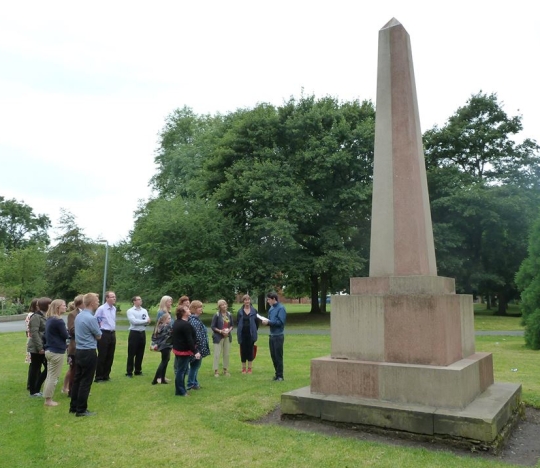

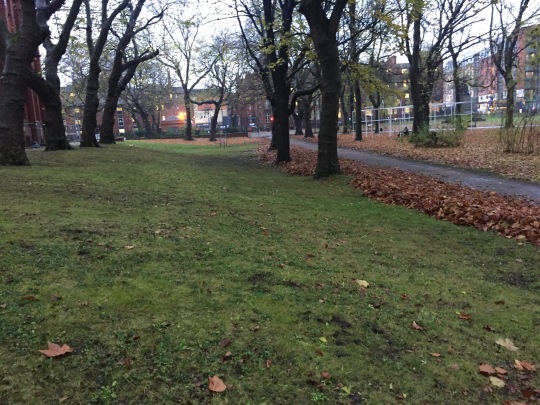
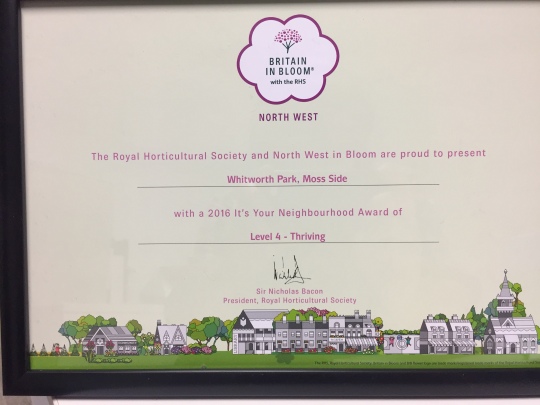

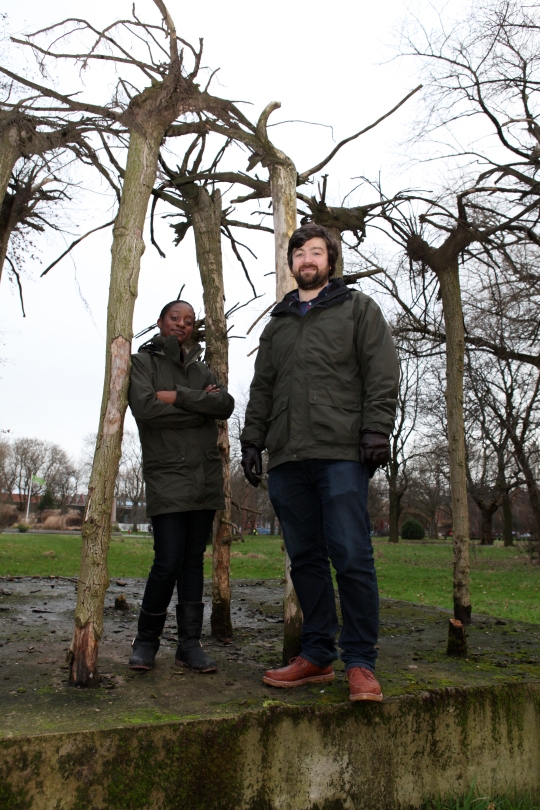
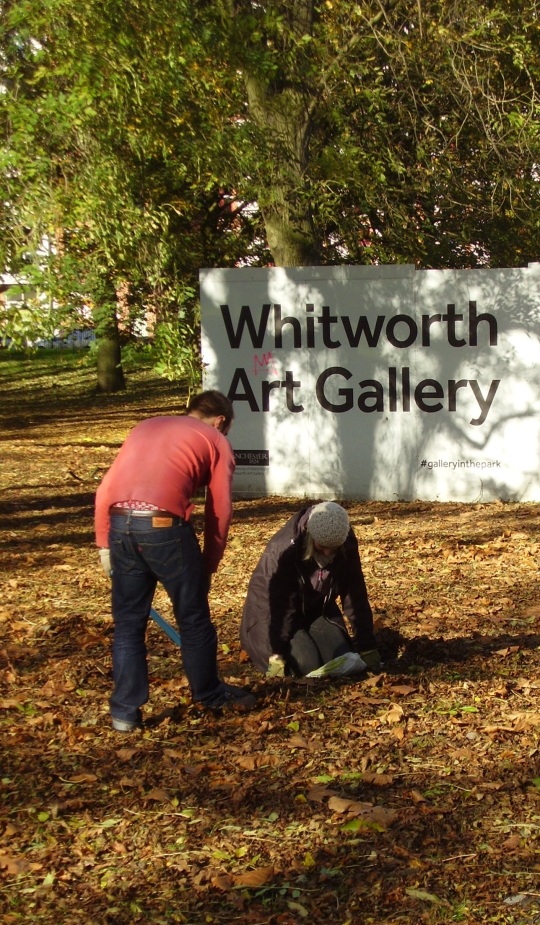

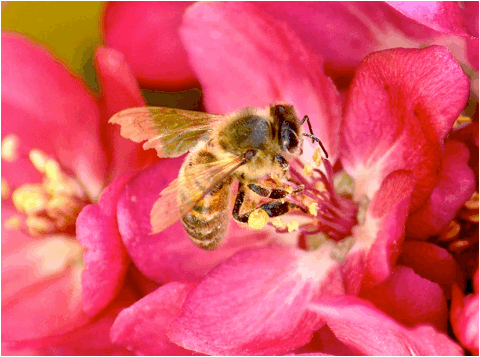
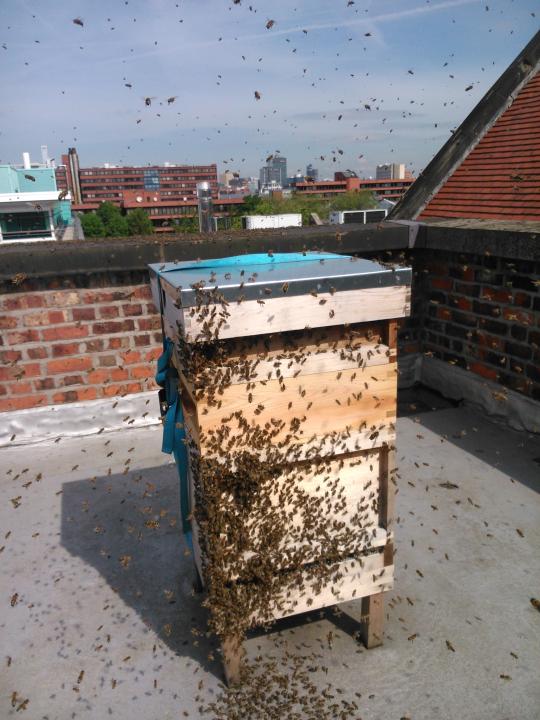
Written by plosborn
Leave a comment